In March last year, when the WHO declared Covid-19 a pandemic, the most optimistic prediction was that a vaccine against the novel coronavirus would come in 18 months. On Thursday, as India crossed the milestone of 100-crore Covid vaccine shots, belying the predictions of a range of naysayers, it is difficult to overstate the triumph it represents in the battle against the virus – and in the realm of public health at large. More than 70 per cent of the adult population of the world’s second most populous country has received at least one shot of the vaccine and over 30 per cent of those eligible have received both the jabs.That this target was reached in less than 10 months after the vaccines were rolled out, without the rural-urban divide holding back distribution, is a marvellous achievement for India’s scientific, regulatory and administrative agencies under the Centre and the states, as it is for the countless vaccinators on the frontlines. Covid-19 has taken a devastating toll of lives, inflicted social turmoil, exacted economic costs. But it also galvanised scientists, medical experts and policy makers to push the frontiers of their disciplines and domains.
In recent times, India’s vaccination successes have largely been in the realm of child immunization which helped mobilize a cadre of reliable vaccinators, created cold storage facilities of reasonable quality and fostered the development of a credible adverse-impact reporting system. The country also had vaccine manufacturers of proven capabilities – including the Pune-based Serum Institute of India. Even then, the Covid inoculation project posed a different order of challenge. The emergency created by the unpredictable virus required every agency involved in developing and delivering vaccines to work on compressed schedules, without compromising on safety and efficacy. It required building capacities, especially those of the country’s notoriously deficient public health infrastructure, and forging coordination mechanisms between scientific and administrative agencies at the Centre and state levels. Vaccine hesitancy tested the powers of persuasion and communication skills of local level officials and healthcare workers. The virulence of the second wave bared deficiencies of a vaccine procuring process that left the states to their own devices.
India has, for decades now, boasted of state-ofthe art medical research facilities. These institutions need more nurturing in a more enabling atmosphere. But a more important learning of the past 10 months pertains to developing delivery systems that can take the research output of the country’s laboratories to the people who need them the most.

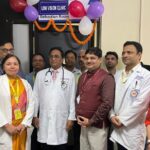

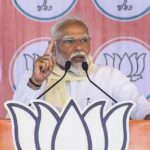
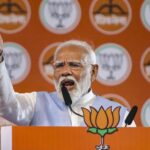

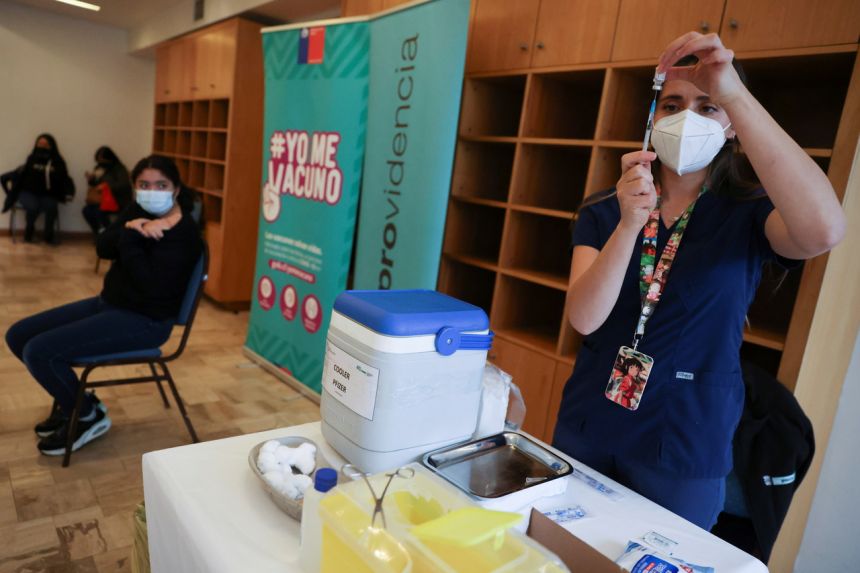
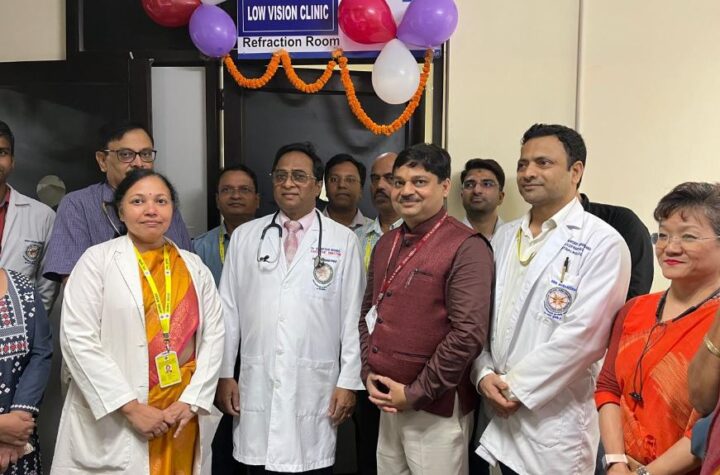

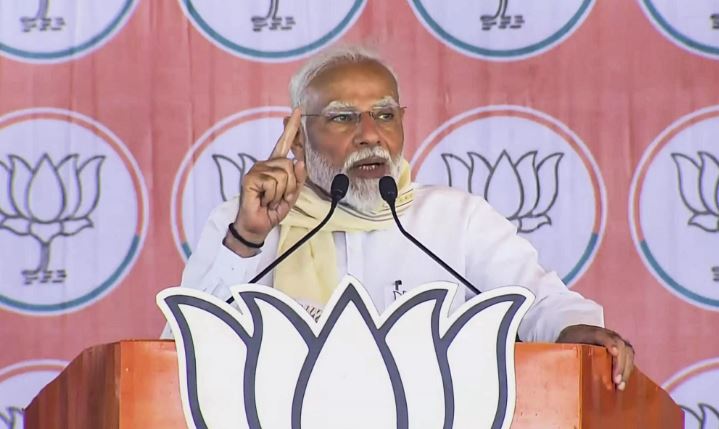
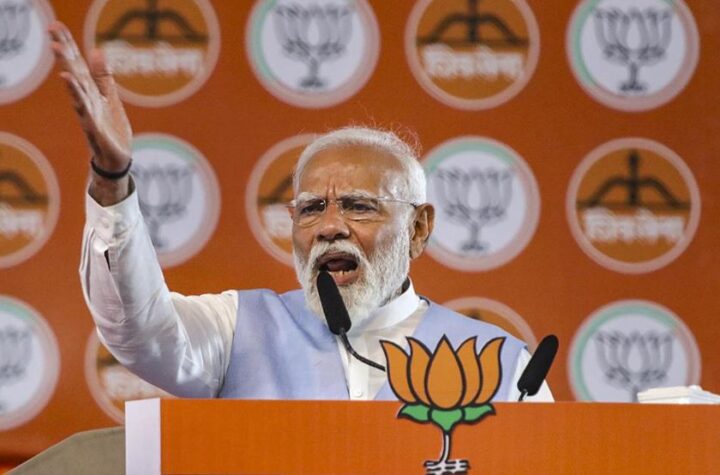
More Stories
Low vision clinic inaugurated at AIIMS Bhubaneswar
Urban education programme comes in handy for Odisha’s tribal, dalit kids
Now country ‘aatank’ struggling for ‘aata’: PM